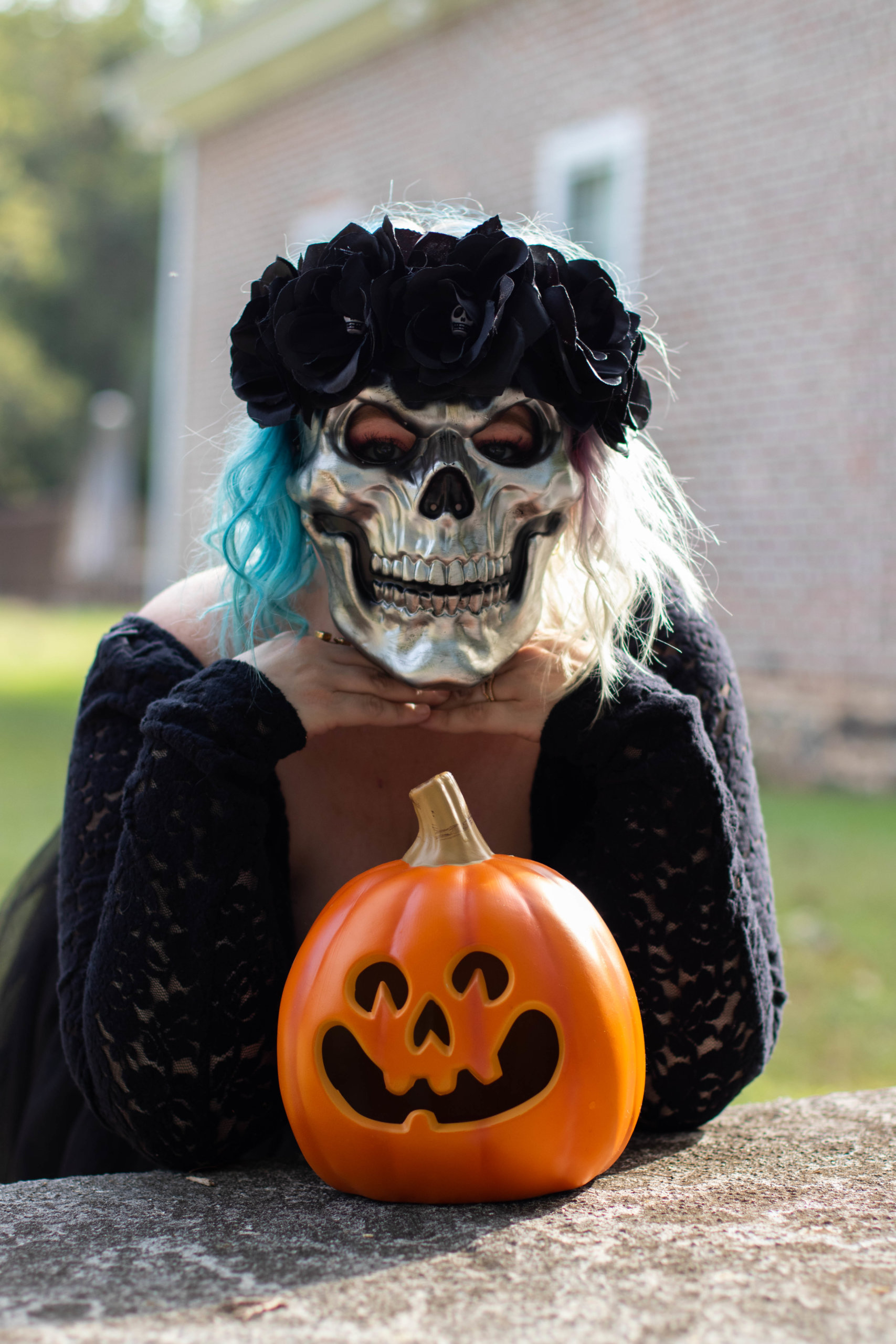
The Blog
Taking Photos in Bright Sunlight
February 9, 2022
Table of Contents
Share on Social Media!
Out of all of the factors when taking photos, I will always argue that light is the most important. That’s why I (and so many others) spend so much time perfecting our own lighting techniques and teaching them to others. As I’ve covered in previous blog posts, there is an art to picking the right time of day and the right location when shooting. But, even with the best laid plans, you won’t always find yourself with the optimum conditions. So what do you do when you find yourself taking photos in bright sunlight? Freak out? Just kidding!
Interested in my entire blog series on light? Check all of the posts out here!
Taking Photos in Bright Sunlight – Definition
Before we get into how to handle this type of light, let’s cover why taking photos in bright sunlight can cause so many problems. Bright light can create harsh shadows on your subject, distracting bright backgrounds, and throw off coloring/white balance. You could also run into issues with sun flare on your lens.
Even if you are taking photos in bright sunlight, that doesn’t mean we throw away any of the other lighting principles we’ve learned. When you’re scouting for a location, see if anything can offer you open shade. Getting your subject into open shade can help mitigate the effects of bright light. Sometimes whatever is creating open shade can also help block the sun. Before we outright deal with harsh light, try to see if you can work around it.
If you are stuck in a wide open spot with nothing to create open shade then the first step is to have your subject face away from the sun. You know you’ve done this right if the subject looks down and sees their shadow. Essentially they will be standing in their own shadow which will help to prevent harsh shadows on their face. Standing in their own shadow will also ensure that their body is in the same soft light as their face. (Think back to our lesson on open shade. If there isn’t anything to cast that shadow, then the best you can do is have your subject cast their own.)

Having your subject stay put while you move around them can sometimes help you find a better angle that minimizes the sunlight. Sometimes it doesn’t help. But it is worth trying, just in case. Taking the extra seconds to try to find a slightly better option can save you a ton of editing time on the back end.
Taking Photos in Bright Sunlight – Sun Flare
As you’re getting ready to take the photo, does the image look hazy? That’s a clear sign you’re getting sun flare. Sun flare happens when the sun is pointing directly into your camera. If done deliberately, sun flare can be an artistic choice. I’m not here to tell you not to do it. When deployed correctly, it can look really good. However, trying to edit an image with sun flare to look like photos without it can be really hard. If you don’t want the sun flare, then don’t shoot until you get rid of it. (Trust me, I’ve learned this from too many hours spent editing.) Trying moving, either your feet or your lens, to see if you can change the angle that the sun is shining. If you’re getting desperate, sometimes squatting or crouching can put your subject’s head or body between you and the sun and can solve the problem.

The above photo of Randy and Tasha is a great example of sun flare. If I had the chance to do this over again, I’m not sure I would’ve included the sun flare. Because this was taken around golden hour, the sun flare has a golden tint to it and gives the photo a bit of a romantic look. You’ll notice how it also throws off the white balance, aka the skin tones.
The below photo of Cailin is a good example of sun flare without the golden tint. You can see how the coloring is thrown off plus the rainbow reflection at the bottom of the photo. Again, sun flare isn’t a bad thing. Some folks do it really well. I don’t claim to be an expert and am especially not at an expert when it comes to editing.

It is worth noting that a reflector can help mitigate the effects of bright light. However, as I am a solo shooter, there’s generally not anyone to hold it. If you have the means and the option of getting a reflector and having someone hold it, then it might be worth you looking into. If you also shoot solo, then, don’t worry. You and I are in the same boat and have plenty of other tools at our disposal.
Taking Photos in Bright Sunlight – Checklist
If this was all too much, here’s your wrap up checklist for what to do:
- First – try to find open shade
- If you can’t find open shade, have your subject stand with their shadow in front of them. That will create open shade.
- Make sure the image doesn’t look hazy (unless that is what you’re going for)
- Move yourself or the subject until you feel like you have the best lighting possible
